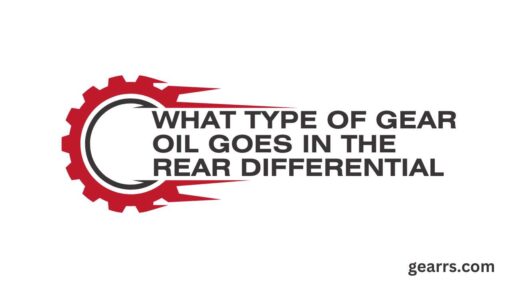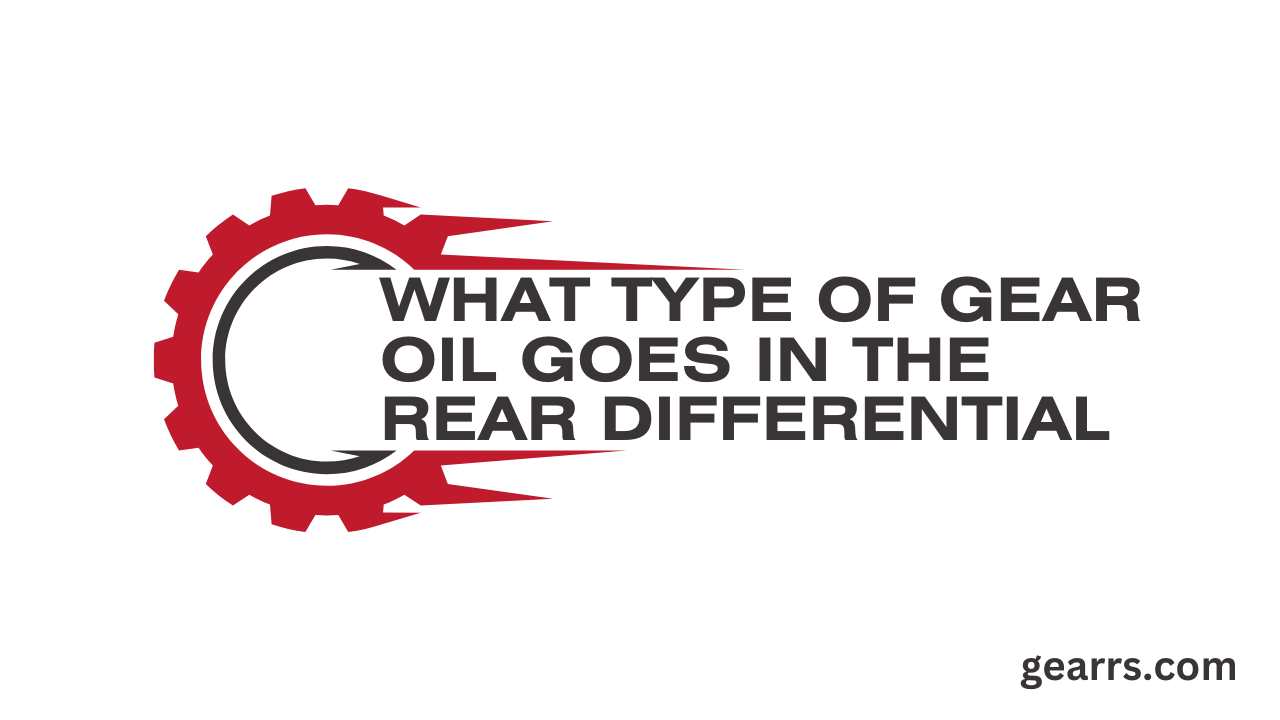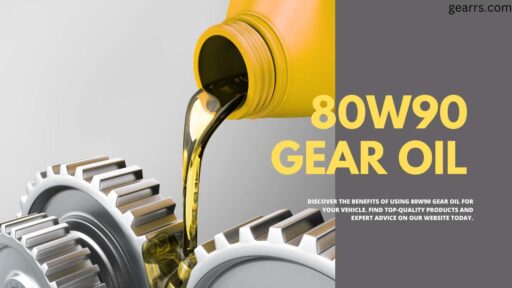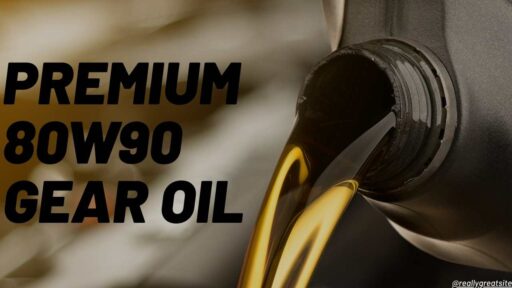Need help choosing What type of gear oil goes in the rear differential? Visit our site for in-depth information on types, grades, and brands to keep your vehicle running smoothly.
The quest for the perfect gear oil for your rear differential might not be the first thing on your mind when you think about vehicle maintenance. However, understanding its crucial role and selecting the right type can significantly affect your vehicle’s performance, longevity, and even fuel efficiency. In this comprehensive guide, I aim to demystify the various aspects of rear differentials, the role of What type of gear oil goes in the rear differential, and how to make an informed decision on the best ratio gear for your needs.
Introduction to What type of gear oil goes in the rear differential
Rear differentials are an essential component of any vehicle, ensuring that power is effectively transmitted from the engine to the wheels, allowing them to rotate at different speeds. This is particularly crucial when turning, as the outer wheels need to travel a greater distance than the inner wheels, necessitating different speeds for efficiency and stability. The differential facilitates this, but it operates under high pressure and temperature, which is where gear oil comes into play.
The significance of the rear differential in both front-wheel drive (where it’s integrated into the transmission) and rear-wheel drive vehicles cannot be overstated. It’s a complex piece of mechanical engineering that requires precise lubrication to function optimally. Without the right type of gear oil, the differential’s components can wear down more quickly, leading to decreased vehicle performance and potential mechanical failures.
Ensuring the longevity and health of your rear differential starts with understanding its mechanics and the role of gear oil. This not only helps maintain vehicle performance but also avoids costly repairs down the line. Let’s delve deeper into the role of gear oil and why it’s so vital for your rear differential.
Understanding the Role What type of gear oil goes in the rear differential
Gear oil is the lifeline of the rear differential, serving multiple critical functions. First and foremost, it lubricates the gears, bearings, and other moving parts within the differential. This lubrication reduces friction, which in turn minimizes wear and tear on these components. Without sufficient lubrication, the differential’s parts would grind against each other, leading to premature wear and potential failure.
Moreover, gear oil helps to dissipate heat generated within the differential during operation. The meshing of gears and the friction they produce can lead to significant heat buildup. If not properly managed, this heat can degrade the components of the differential, reducing its efficiency and lifespan. Gear oil absorbs this heat and carries it away from the gears and bearings, helping to maintain an optimal operating temperature.
Lastly, gear oil also provides a measure of protection against rust and corrosion for the metal components within the differential. It forms a protective barrier on these surfaces, shielding them from moisture and contaminants that could lead to rust and corrosion over time. This protective role is crucial in ensuring the longevity and reliability of your vehicle’s rear differential.
Different Types of Gear Oil and Their Properties
When it comes to selecting gear oil for your rear differential, it’s essential to understand that not all gear oils are created equal. There are several types available, each with its own set of properties and benefits. The most common types of gear oil are mineral, synthetic, and semi-synthetic.
Mineral gear oils are derived from crude oil and are the traditional choice for many rear differentials. They provide adequate lubrication and protection under normal driving conditions and are generally more affordable than their synthetic counterparts. However, mineral oils may not perform as well under extreme temperatures or heavy loads.
Synthetic gear oils, on the other hand, are engineered to offer superior performance. They can withstand higher temperatures without breaking down and provide better protection against wear and tear. This makes them an excellent choice for vehicles that are subjected to harsh driving conditions, heavy towing, or high-performance applications. While synthetic gear oils tend to be more expensive, their enhanced performance and longer service intervals can make them more cost-effective in the long run.
Semi-synthetic gear oils offer a middle ground between mineral and synthetic oils. They are a blend of both, designed to provide better performance than mineral oils at a more affordable price than fully synthetic options. Semi-synthetic gear oils are a good choice for drivers who want improved performance and protection without the higher cost of fully synthetic oils.
Factors to Consider When Choosing Gear Oil for Your Rear Differential
Selecting the right gear oil for your rear differential involves considering several factors. These include the type of vehicle you drive, the conditions under which you typically drive, and the manufacturer’s recommendations.
The type of vehicle is an important consideration because different vehicles have different performance requirements. For example, a heavy-duty truck that’s often used for towing will have different gear oil needs than a compact car used primarily for city driving. In general, vehicles that are subjected to more strenuous conditions will benefit from the enhanced protection offered by synthetic gear oils.
Driving conditions also play a crucial role in gear oil selection. If you frequently drive in extreme temperatures, whether hot or cold, synthetic gear oils are better suited to maintain their performance under these conditions. Additionally, vehicles driven off-road or in other challenging environments may require gear oils with specific additives for added protection against wear and contamination.
Lastly, always consider the manufacturer’s recommendations when selecting gear oil. Manufacturers specify certain types of gear oil for their vehicles based on extensive testing. Using the recommended gear oil type and viscosity ensures that the rear differential operates as designed and maintains the vehicle’s performance and reliability.
Recommended Gear Oil Viscosity for Different Rear Differentials
Viscosity, or the thickness of the gear oil, is another critical factor to consider. The right viscosity ensures that the gear oil can provide adequate lubrication across the differential’s operating temperature range. Most vehicle manufacturers will specify the recommended viscosity for the rear differential in the owner’s manual.
For most passenger vehicles, a common viscosity grade for gear oil is 75W-90. This viscosity is suitable for a wide range of temperatures and provides a good balance between protection and efficiency. Heavier vehicles, such as trucks and SUVs, may require a thicker gear oil, such as 80W-140, especially if they are used for towing or hauling heavy loads.
It’s important to note that using gear oil with the wrong viscosity can lead to suboptimal performance. Too-thin oil may not provide adequate protection at high temperatures, while too-thick oil can increase friction and reduce fuel efficiency. Always refer to your vehicle’s owner’s manual for the manufacturer’s recommended gear oil viscosity.
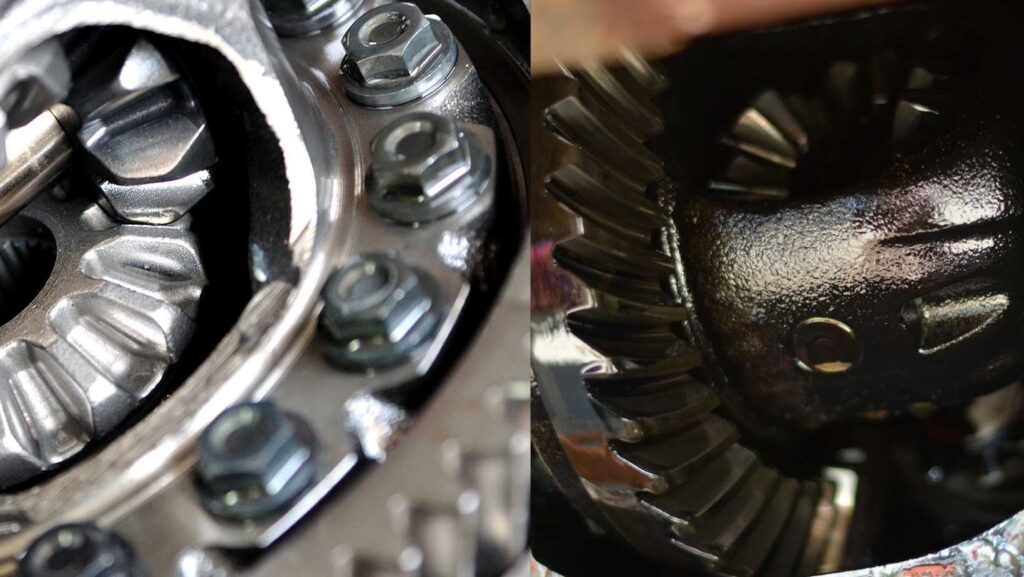
How to Check and Change the Gear Oil in Your Rear Differential
Checking and changing the gear oil in your rear differential is a crucial maintenance task that can help extend the life of your vehicle. Fortunately, it’s a task that many vehicle owners can do themselves with a bit of knowledge and the right tools.
To check the gear oil level, locate the fill plug on the differential. It’s usually located on the differential cover or the housing. Remove the plug and use your finger to feel inside the hole. The gear oil should be at or just below the level of the fill hole. If it’s not, you’ll need to add the recommended gear oil until it reaches the proper level.
Changing the gear oil is a bit more involved but still manageable for most DIY enthusiasts. First, you’ll need to drain the old gear oil. This usually involves removing the differential cover or using a drain plug if your differential is equipped with one. Once the old oil is drained, clean the magnetic drain plug (if present) and the differential cover to remove any metal particles or debris. Then, reattach the differential cover, ensuring a tight seal, and fill the differential with the recommended type and amount of gear oil.
It’s a good idea to check your gear oil level regularly and change it according to the manufacturer’s recommended intervals. This can vary depending on your vehicle and driving conditions but is typically every 30,000 to 60,000 miles.
Common Problems and Signs of Gear Oil Issues in Rear Differentials
Several common problems can arise if the gear oil in your rear differential is not adequately maintained. Recognizing the signs of these issues early can help prevent more significant, costly repairs down the line.
One of the most common signs of gear oil issues is a whining or howling noise coming from the rear of the vehicle, especially when turning. This noise can indicate that the gear oil is low or has degraded, leading to increased friction and wear on the differential’s components.
Another sign to watch for is a burning smell, which could indicate that the gear oil has overheated. If you notice this smell, it’s crucial to check and, if necessary, change your gear oil as soon as possible to prevent damage to the differential.
Leaks are another common issue. If you notice gear oil leaking from the differential, it’s essential to address it promptly. Leaks can lead to a low gear oil level, compromising the lubrication and protection of the differential’s components.
Tips for Maintaining Your Rear Differential and Gear Oil
Maintaining your rear differential and gear oil is key to ensuring your vehicle runs smoothly and reliably. Here are some tips to help you keep your differential in top condition:
- Regularly check your gear oil level and top it up if necessary. This simple step can help prevent many common differential problems.
- Change your gear oil at the manufacturer’s recommended intervals or more frequently if you drive in harsh conditions.
- Use the recommended type and viscosity of gear oil for your vehicle. This ensures optimal performance and protection for your differential.
- Inspect the differential for leaks periodically and address any issues promptly. Leaks can lead to low gear oil levels and potentially serious damage.
Frequently Asked Questions About Gear Oil for Rear Differentials
What type of gear oil goes in the rear differential?
The specific type of gear oil recommended for your rear differential can vary depending on your vehicle and driving conditions. However, most manufacturers will recommend either a mineral, synthetic, or semi-synthetic gear oil with a specific viscosity. Always refer to your vehicle’s owner’s manual for the recommended type and viscosity of gear oil.
How often should I change the gear oil in my rear differential?
The frequency with which you should change your gear oil depends on your vehicle and how you use it. Most manufacturers recommend changing the gear oil every 30,000 to 60,000 miles, but more frequent changes may be necessary if you drive in harsh conditions.
Can I mix different types of gear oil?
It’s generally not recommended to mix different types of gear oil, as this can affect the oil’s performance and protection capabilities. If you need to add gear oil and can’t match the existing type, it’s best to drain the old oil completely and refill the differential with new oil of the desired type.
Conclusion: Choosing What type of gear oil goes in the rear differential
Selecting the right gear oil for your rear differential is vital for maintaining your vehicle’s performance, efficiency, and longevity. By understanding the role of What type of gear oil goes in the rear differential, the different types available, and the factors to consider when choosing gear oil, you can make an informed decision that meets your vehicle’s needs. Remember to consult your vehicle’s owner’s manual for specific recommendations and to perform regular checks and changes to keep your rear differential running smoothly.
While the quest for the perfect gear oil might seem daunting at first, this comprehensive guide should arm you with the knowledge you need to make the best choice for your vehicle. Remember, investing time and effort into selecting and maintaining the right gear oil for your rear differential can save you time, money, and hassle in the long run.

